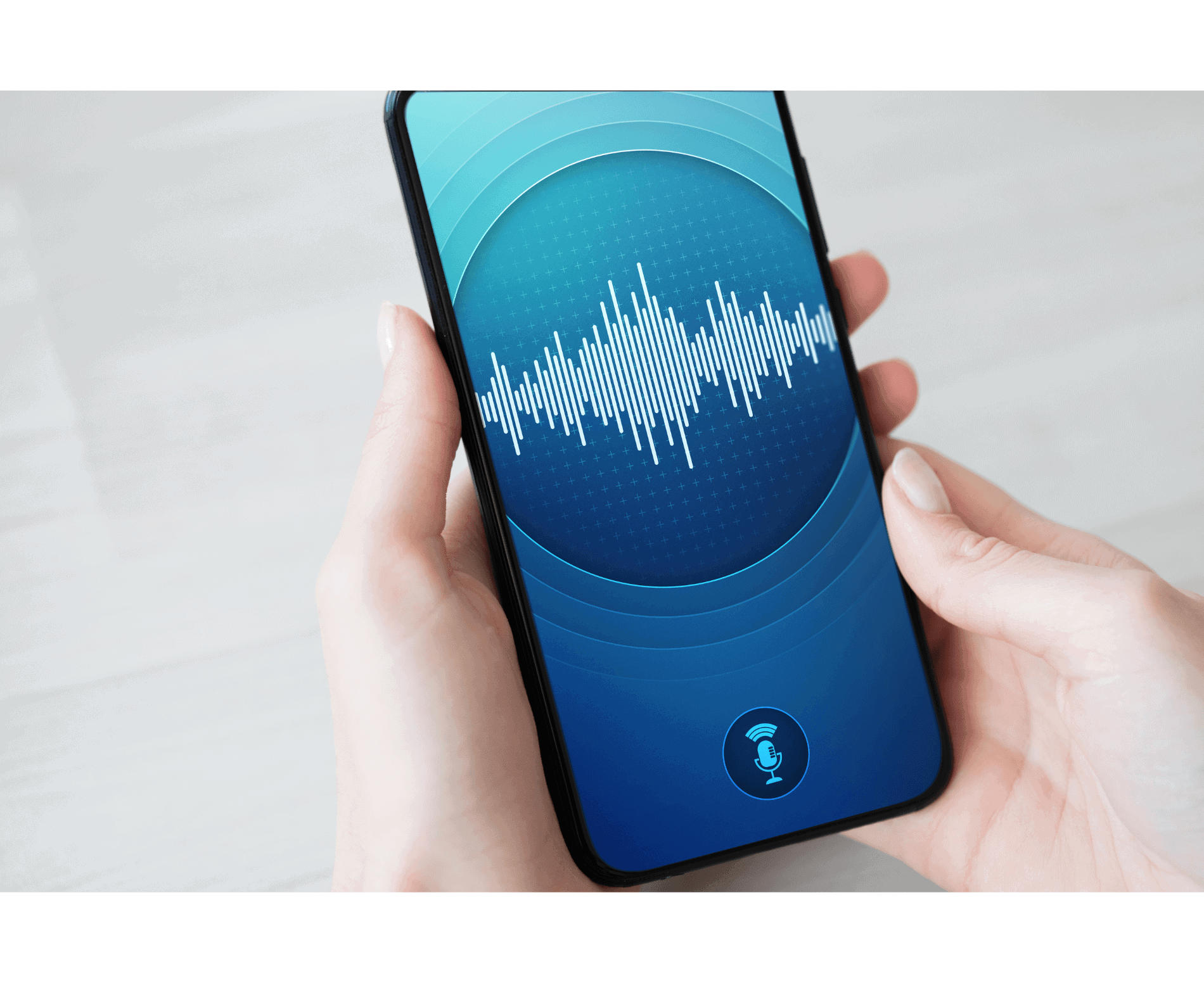
Living with hearing loss can present unique challenges, especially when it comes to connecting and relating with individuals and the environment. Whether it’s catching an alarm, hearing the doorbell, or staying informed about emergencies, the ability to perceive sound is necessary in daily life. Alerting devices, specifically designed for those with hearing impairments, are changing how people experience their environments.
These devices are functional and empower independence and safety. By converting auditory signals into visual or tactile cues, alerting devices make important sounds accessible. They seamlessly blend practicality and innovation, ensuring no critical alert goes unnoticed. Understanding these tools and their benefits highlights their potential to improve quality of life.
Understanding How Alerting Devices Work
Alerting devices use a range of technologies to make sounds more accessible. Instead of relying solely on audible signals, they may produce flashing lights, vibrations, or text notifications. For instance, a fire alarm designed for individuals with hearing loss might include a strobe light or a bed shaker attachment to ensure the alert is received. These tools are tailored to various environments, ensuring usability in homes, workplaces, and public spaces.
Some devices integrate directly with smartphones or smart home systems, offering added convenience. They can notify users about phone calls, timers, or security alerts via wearable tech or mobile applications. Such innovations reduce the chances of missing important cues, especially for individuals with profound hearing loss.
Home Safety Enhancements
Creating a safe home environment is important for everyone, but hearing impairments require additional considerations. Smoke and carbon monoxide detectors tailored for those with hearing loss can be life-saving. These devices use bright strobe lights or vibrating pads to ensure alerts are noticeable even during sleep.
Doorbell alert systems are another popular solution. Many models connect to video doorbells or intercoms, providing a visual notification when someone is at the door. These systems often pair with smartphone apps, adding an extra layer of accessibility.
Staying Connected in the Workplace
For individuals with hearing loss, the workplace can present challenges. Alerting devices designed for professional settings bridge communication gaps. Desk phones can connect to flashing lights or amplified sound systems, ensuring no call is missed. Email and message notifications can be linked to vibrating wristbands, enhancing productivity without disrupting workflow.
In industries where safety alarms are important, specialized alerting tools make workplaces more inclusive. Employers incorporating these technologies create a safer, more accessible environment for employees with hearing impairments.
Incorporating Technology into Daily Routines
Modern alerting devices are often designed to integrate seamlessly into daily life. Smartwatches and wearable devices have become popular options, providing discreet alerts through vibrations or visual signals. These tools are particularly useful for reminders, phone calls, and app notifications.
Alarm clocks equipped with bed shakers and flashing lights ensure users wake up on time without relying on sound alone. These tools cater to diverse needs, promoting punctuality and reducing stress.
The Importance of Regular Hearing Health Exams
While alerting devices support individuals with hearing loss, maintaining overall hearing health is equally important. Regular hearing health exams help monitor any changes in hearing ability, ensuring timely interventions. Early diagnosis and management can prevent further complications, allowing individuals to make the most of assistive technologies like alerting devices.
